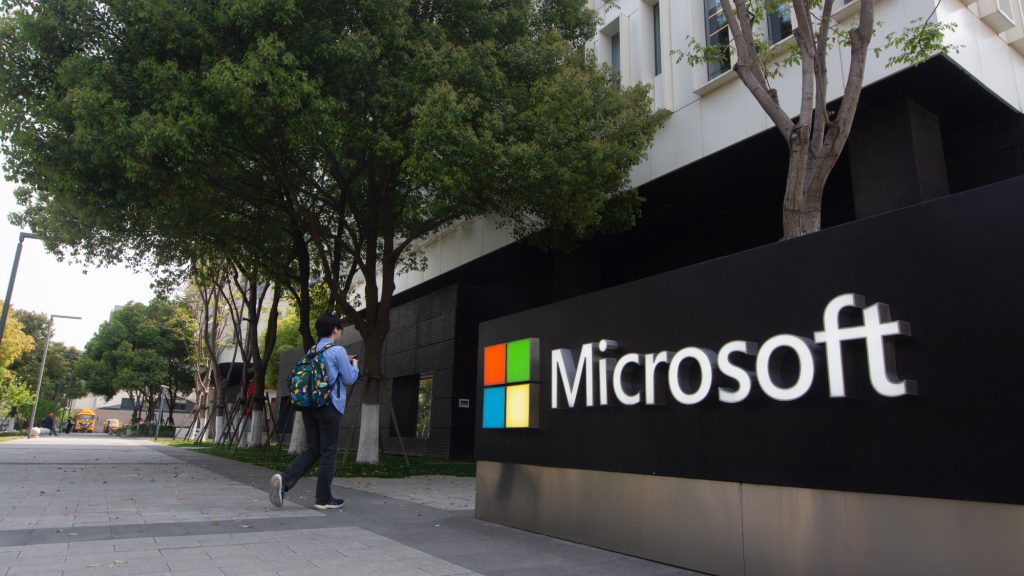In a significant development for the tech industry, Microsoft has reportedly faced a major setback in its ambitious project to develop its own AI chips. A recent report indicates that the launch of Microsoft’s in-house AI silicon, code-named Braga, has been delayed by six months. This delay places mass production at 2026, a timeline that raises concerns regarding its competitiveness against Nvidia’s well-established Blackwell chips, which have already made a significant impact in the sector. The implications of this delay are profound, affecting not only Microsoft’s strategic positioning in the artificial intelligence space but also its data center operations and long-term plans for AI integration.
Performance Shortcomings and Industry Context
The anticipated performance gap between Microsoft’s Braga chip and Nvidia’s Blackwell is a critical factor in this narrative. According to sources cited in The Information, Microsoft’s chip is expected to “fall well short” of delivering the performance capabilities of Nvidia’s flagship models. This presents a worrying trend for Microsoft, as it continues to grapple with technological advancement, especially in a market where the competition is fierce and ever-evolving.
The chip’s delay has been attributed to various complex factors. Project insiders have cited unexpected design modifications, staffing shortages, and employee turnover as significant contributors. The rapid pace of innovation in AI and machine learning necessitates that tech companies not only keep up with current demands but also anticipate future requirements. As the AI landscape continues to evolve, the urgency for Microsoft to catch up with Nvidia and other competitors intensifies.
Impacts on Microsoft’s Strategic Goals
Microsoft aimed to deploy the Braga chip in its data centers sooner rather than later to streamline operations and reduce dependence on Nvidia’s technology. However, recent setbacks marked by the redesign to incorporate features at OpenAI’s request have exacerbated the issues. This shift led to instability during simulations, thereby delaying progress further. A striking statistic from the project reveals that one-fifth of involved team members have left amid the rising stress levels associated with meeting deadlines, underscoring the operational challenges faced by Microsoft during this critical time.
This comes at a time when companies like Google and Amazon are also striving to develop their in-house silicon solutions to mitigate reliance on Nvidia’s predominant market position. Historically, Nvidia has been regarded as the industry leader in AI chip production. During a recent industry conference, Nvidia’s CEO Jensen Huang commented, “What’s the point of building an ASIC if it’s not going to be better than the one you can buy?” This statement highlights Nvidia’s confidence in its own products while simultaneously casting doubt on the viability of competitors’ endeavors.
Future Plans and Development Timeline
Despite the challenges with the Braga chip, Microsoft is not standing still. The company is reportedly working on a total of three chip variants: Braga, Braga-R, and Clea, with staggered delivery timelines in 2025, 2026, and 2027, respectively. However, the recent delay raises questions about whether Microsoft will be able to adhere to this ambitious schedule. Furthermore, industry analysts note that all three chips are designed for inference applications, diverging from the initial focus on developing a dedicated chip for training AI models, which was canceled in early 2024.
- Braga: Expected for data center deployment in 2026.
- Braga-R: Targeting a 2025 release.
- Clea: Planned for 2027 but may also face delays.
Microsoft’s initial foray into AI silicon began in 2019, with glimpses of progress made in the form of the Maia 100 chip announced in 2023. However, this chip has predominantly remained in a testing phase, not yet achieving real-world application to support Microsoft’s AI services. Moreover, Maia 100 was designed before the emergence of generative AI models like OpenAI’s ChatGPT, indicating that the company’s initial strategy may already be outdated.
Market Response and Implications
The delayed rollout of Microsoft’s AI chips could have significant ramifications across the tech landscape. As AI continues to permeate various sectors, companies that cannot keep pace are likely to experience a disadvantage. Microsoft’s development timeline and the performance of its upcoming chips will be crucial for maintaining its competitive edge. The tech giant cannot afford to lag behind as other firms expedite their AI initiatives. According to recent research from Statista, the global AI market is projected to reach a valuation of $733.7 billion by 2027. This burgeoning market underscores the need for timely and robust technological advancements from all participants, particularly those looking to carve out a significant market share.
In summary, Microsoft’s significant delays in chip development place it at a critical juncture in the competitive AI landscape. While the company may still achieve its objectives in the long run, the current setbacks raise substantial concerns regarding its ability to contend with established players like Nvidia. Whether Microsoft can rebound and deliver on its ambitious plans remains to be seen, but the pressure to innovate and advance is undeniably mounting.

